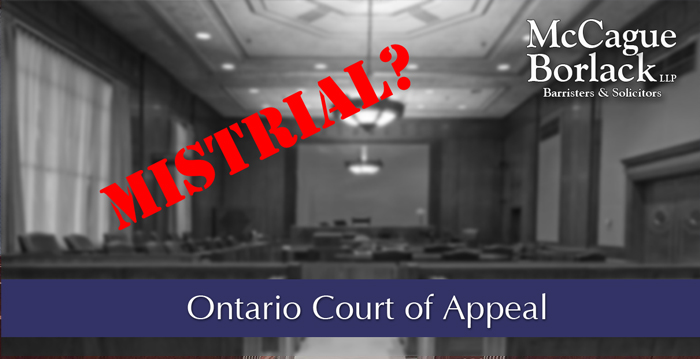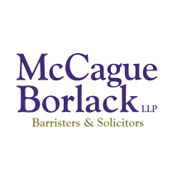One of the key issues at trial was the apportionment of liability for the accident. During jury deliberations, a jury member revealed he used the Internet to access a regulation, the Fault Determination Rules (“the Rules”). In response, the trial Judge stated that the regulation was irrelevant to the case as it did not deal with liability and reminded the jury that the verdict must be based exclusively on the evidence entered into the record at trial.
After the jury returned its verdict holding Patterson 73% at fault, the Appellants brought a motion to strike the jury. The trial judge dismissed the motion. The Appellants then moved for a mistrial. The trial judge dismissed the motion. The Appellants appealed the motion for mistrial.
The Appeal
A jury verdict may be impeached where there is a reasonable possibility that the jury obtained extrinsic information that affected the jury's verdict.1
There were two main issues on Appeal:
ITEM 1: Did the trial judge fail to conduct a proper inquiry to determine the nature and scope of the extrinsic information obtained by the jury?
The Appellants argued that the trial judge's failure to question each juror to determine what extrinsic information was received resulted in a miscarriage of justice.
In rejecting the Appellants' argument, the ONCA stated:
- Only one juror accessed extrinsic information;
- The only extrinsic information that was accessed was on the Rules from an Ontario government website.
It was held that the trial judge did not fail to conduct a proper inquiry.
ITEM 2: Did the trial judge fail to analyze the prejudicial effect of the extrinsic information obtained by the jury?
The Appellants argued that the information obtained by the jury was prejudicial because... |
The Appellants argued that the information obtained by the jury was prejudicial because a) its effect on the jury's verdict was not considered, b) the term “illegally parked” written in the verdict sheet suggested the jury's application of the Rules and c) the correcting charge provided was inadequate to dispel prejudice.
In rejecting each of the Appellants' arguments, the ONCA stated:
- The trial judge considered the prejudicial nature of the extrinsic information by giving the jury a correcting charge;
- The use of the term “illegal” did not suggest application of the Rules because it is not a term specific to the Rules. Had the jury actually applied the Rules, Patterson would have been found 100% at fault, as opposed to 73%; and
- The trial judge was owed deference as to the efficacy of the correcting charge because it was well-positioned to make a finding.
It was held that the trial judge did not fail to analyze the prejudicial effect of the extrinsic information obtained by the jury.
The appeal was dismissed.
Conclusion
In Patterson v Peladeau, 2020 ONCA 137, a request to declare a mistrial was dismissed. The trial judge conducted a proper inquiry to determine the nature and scope as well as analyze the prejudicial effect of the extrinsic information obtained by the jury.
With this decision, the ONCA has refined the threshold in impeaching a jury's verdict as a result of a jury accessing the Internet during deliberations. Where a jury performs a Google search on the law during deliberations, their actions may not lead to a mistrial.
Going forward, jurors may be more inclined to improperly access information on the Internet during a trial or believe that there will be no consequence for obtaining extrinsic information. This may result in information being introduced to trial that is not proper evidence. It is incumbent upon judges and lawyers to be especially attentive and emphasize the inappropriateness of jurors engaging in Internet research about the case during deliberations.
- R v Pannu, 2015 ONCA 677


